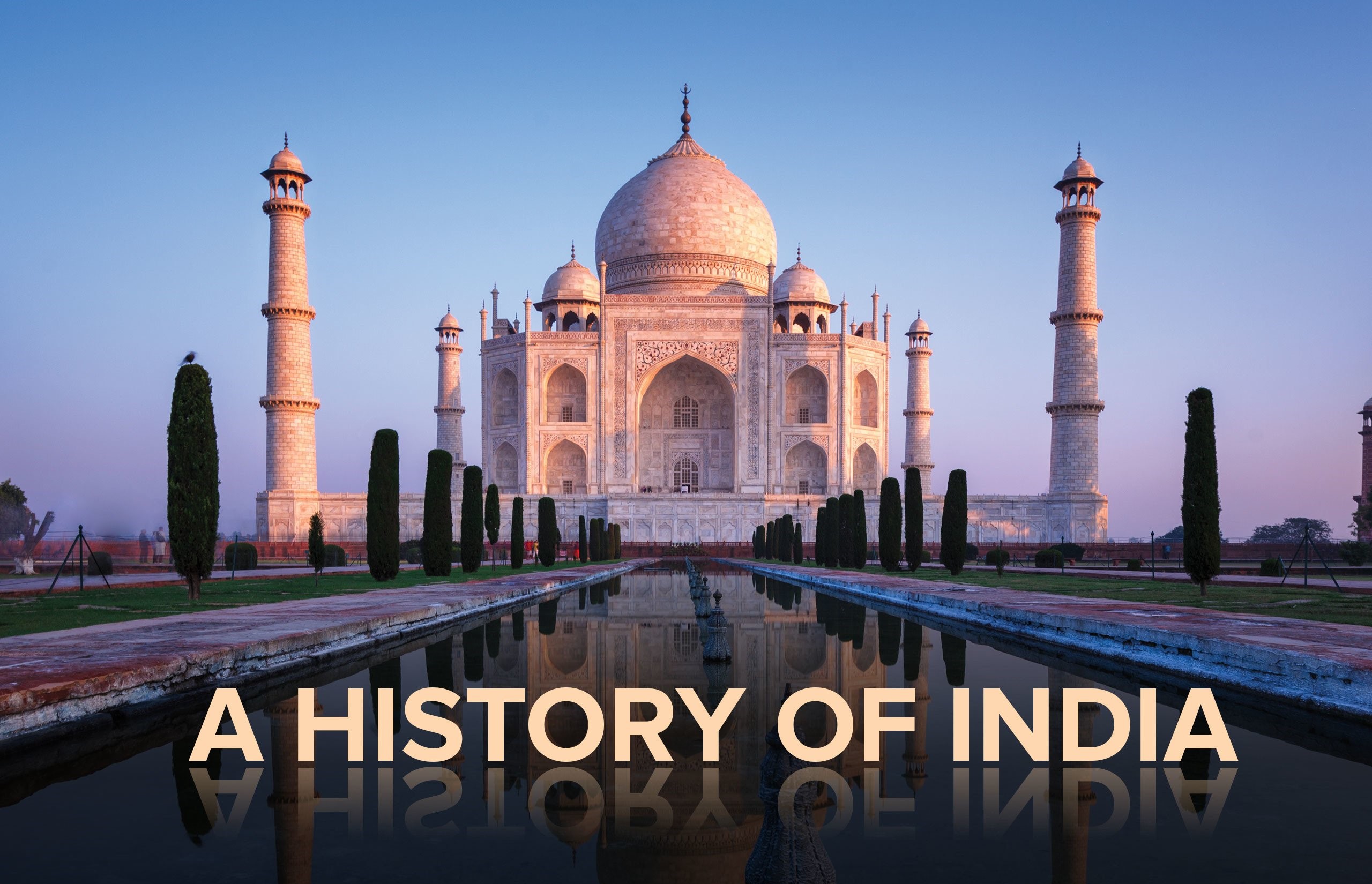Mauryan Art
Mauryan Art
Anand Coomarswamy classified Mauryan Art into two groups :
1. Royal / Court Art : The Royal Palace of Chandragupta Maurya (Kumharar, Patna) and City of Patliputra, Ashokan Pillars, Caves, Stupas etc.
2. Folk/Popular Art
1. Figure Sculpture of Yaksha-Yakshini etc. e.g. Yaksha of Parkham (Mathura), Yakshini of Besanagar/Vidisha (M.P.), Chanwar-bearer Yakshini of Didarganj (Patna)
2. Terracotta objects
3. Inscribed stone portrait of Emperor Ashok/Broken relief sculpture of Emperor Ashok (Kanaganhalli, Karnataka).
» The Mauryas introduced stone masonry on large scale during Ashoka
» Fragments of stone pillars and wooden floor and ceiling indicating the existence of an 80-pillers hall have been discovered at Kumhrar on outskirts of Patna. Seeing this Fahien remarks as follows :'These palaces are so beautiful and excellent that they appear to be the creation of God rather than of men’.
» The pillars represent the masterpieces of Mauryan sculpture. Each pillar is made of single piece of sandstone, only their capitals, which are beautiful pieces of sculpture in form of lion or bulls, are joined with pillar on the top.
» Four lion capital at Sarnath and Sanchi. Lioned capital of Samath was adopted as National Emblem' of India on 26 Jan., 1950.
» Single lion capital at Rampurva and Lauriya Nandangarh.
» Single bull capital at Rampurva.
» A carved elephant at Dhauli and engraved elephant at Kalsi.
» The Mauryan artisans who started the practice of hewing out caves from rocks for monks to live in. The earliest example are Barabar caves (Sudama, World Hut, Chaupada of Karna, Rishi Lomesh) in Gaya (Ashokan). The other examples are Nagarjuni caves in Gaya (Dasharath).
» Stupas were built throughout the empire to enshrine the relics of Buddha. Of these, the most famous are at Sanchi and Bharhuta.
